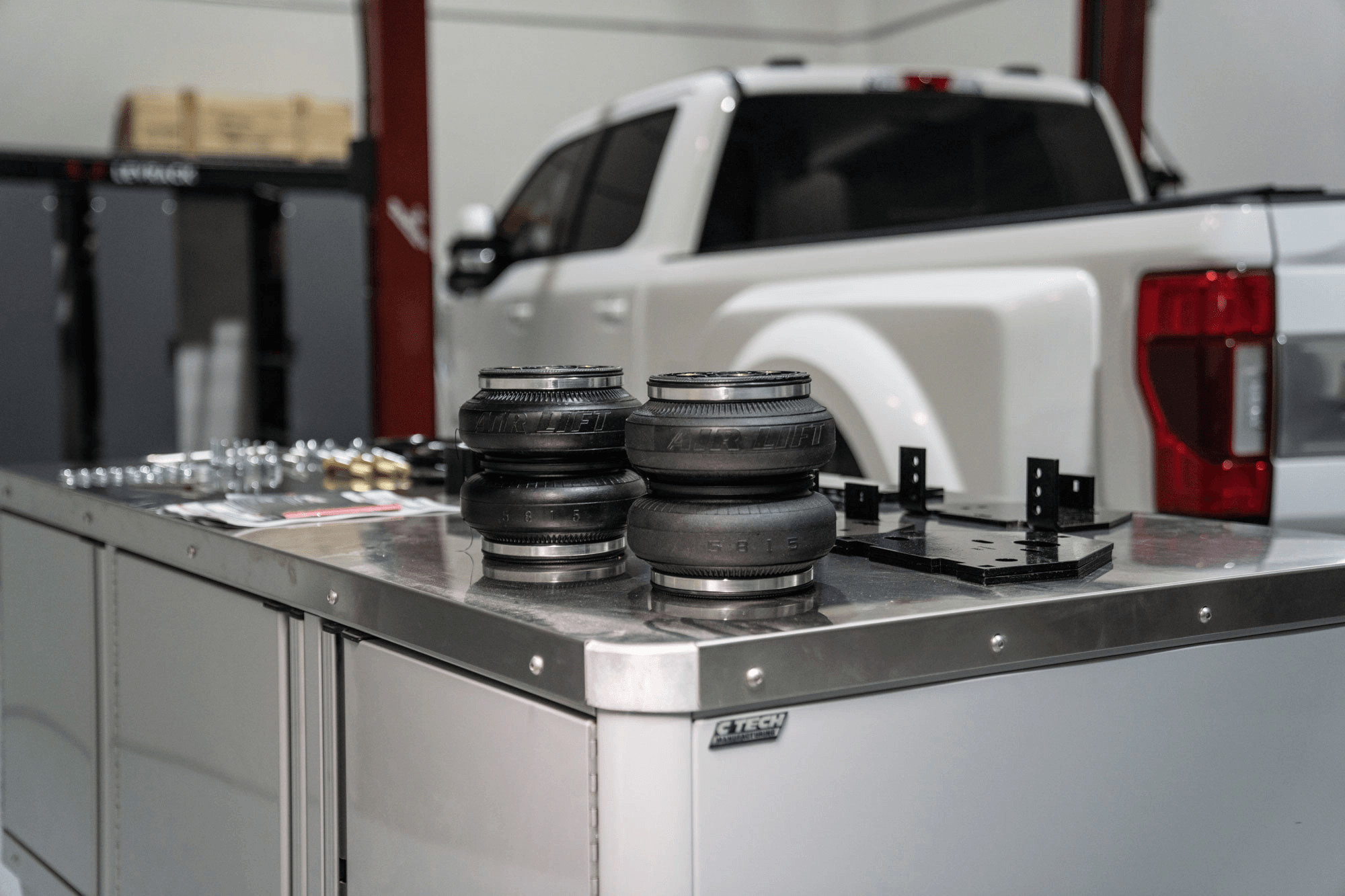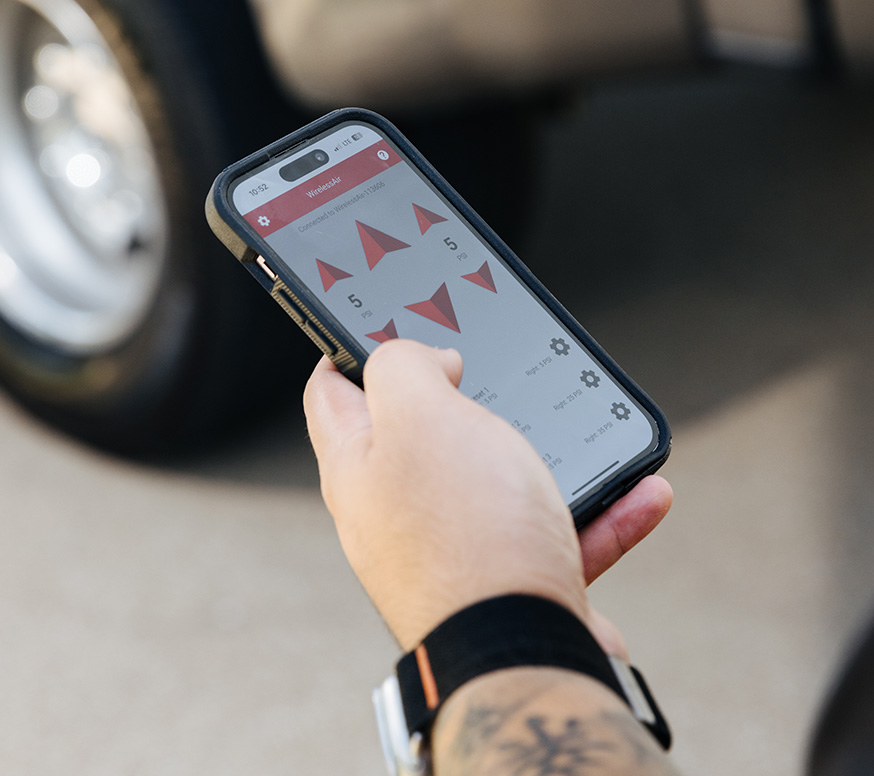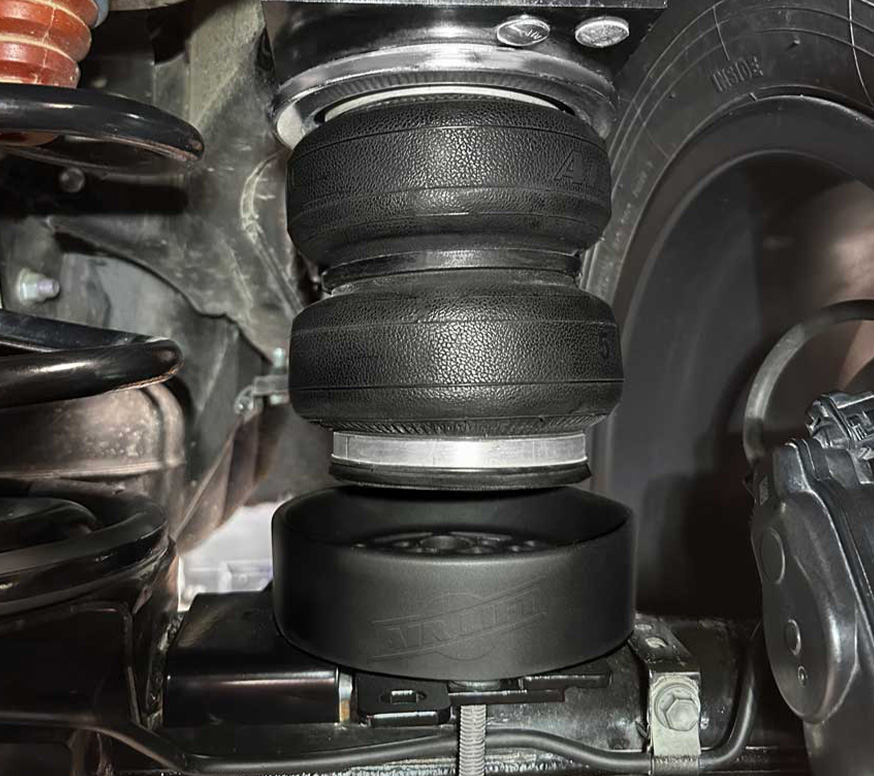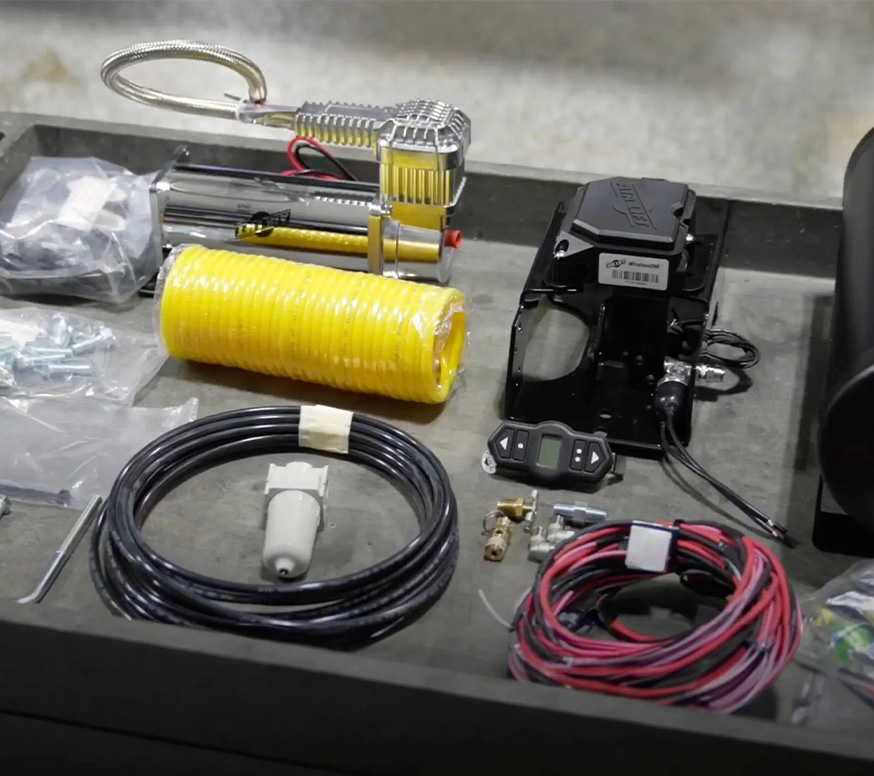
How To Avoid Trailer Sway
12/10/2013
If you tow, your worst fear is probably getting into an accident. You know the ones – maybe you’ve seen one in person, or shared on social media.
You watch the trailer start to fish-tail, seemingly out of nowhere, and the heavy trailer, camper, or watercraft becomes increasingly unruly and eventually overturns, causing the vehicle and it’s occupants to overturn as well.
These types of motor vehicle accidents occur with some degree of regularity. So what causes them, and how do we prevent them?
These catastrophes are the result of a small glitch – a seemingly insignificant sway – which, when over-corrected or ignored, can trigger a chain reaction that may lead to a major motor vehicle crash.
These types of crashes can be avoided by equipping your vehicle with components necessary to obtain a level, rolling application.
There are three primary reactions to towing applications that trigger these horrendous crashes:
#1) Excessive trailer or camper tongue weight, which leads to a squatting rear bumper and trailer tongue.
This is possibly the most common cause of trailer sway. While you should never exceed vehicle manufacturer’s specifications regarding trailer tongue weight, it is a common occurrence. This condition is easily detected: the rear bumper of the vehicle is much closer to the ground than the front bumper due to the added weight of the heavy trailer, camper, or water craft. This condition is called squat or sag and can lead to excessive sway, especially at highway speeds.
Many hold the common misconception that the heavier weight will only serve to increase stability and traction. This could not be farther from the truth.
The added weight of the trailer, camper, or water craft, combined with the sagging rear end of the vehicle can actually result in a loss of traction and a swaying, out-of-control trailer. As the vehicle encounters inconsistencies in the highway, (not excessive, but normal hills and curves) and the concerted weight placed on the rear of the vehicle is partially transferred from the trailer to the truck and back, an up and down motion is experienced between the truck and trailer. This motion is realized at the tongue of the trailer and can result in a lack of traction at the rear wheels.
This loss of traction, regardless of the severity, can trigger an uncontrollable sway from one side to the other.
#2) Excessive trailer or camper tongue weight leads to unacceptable traction levels on the front tires.
Excessive weight at the extreme rear of your vehicle can result in a loss of steering control for the front wheels.
This condition can be particularly hazardous in the manner in which it is manifested. While the vehicle and trailer are parked, and even at low speeds, the ability to steer may appear unencumbered. However, upon reaching highway speeds and encountering normal conditions, the driver may notice the steering becoming unresponsive. This is a result of the excess weight, which is concentrated on the rear of the vehicle, “dipping” into normal roadway inconsistencies and lightening the front of the vehicle.
In extreme cases, a partial or total loss of steering control can be encountered. In the best-case scenario, which is that control is regained, the trailer can then begin to sway uncontrollably and result in a major crash.
#3) Excessive weight, causing the axle to bottom-out against the vehicle’s jounce bumper or frame.
Again, this condition is worse when the vehicle and trailer reach highway speeds. If the tongue weight of the trailer is excessive to this point, then the driver’s ability to effectively control the vehicle can be seriously jeopardized. The mere possibility of this happening should be considered unsafe vehicle operation and ardently avoided.
The solution?
The installation of a high-quality adjustable air suspension kit can greatly reduce, if not eliminate, the majority of occurrences described above.
Adjustable air springs allow you to accommodate heavy loads safely. With the ability to adjust ride height to accommodate heavy loads, you can take the guesswork out of hauling.
Because of the adjustability of an air suspension, you can easily inflate air springs when you need the extra support and deflate when it’s not needed – offering no compromise in ride quality.









